Choosing bags for a vacuum sealer
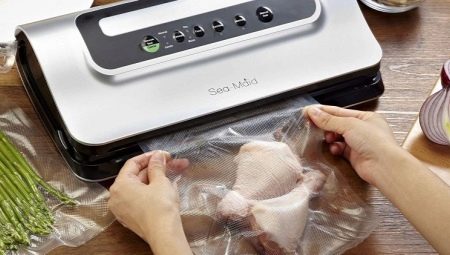
Nowadays, vacuum sealers are used not only in food production, but also in ordinary households. They are indispensable for those people who cook a lot and make supplies. This device has many advantages, but it requires consumables - bags or films.
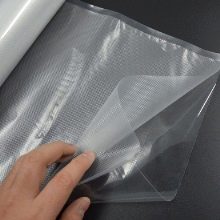
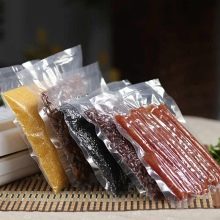
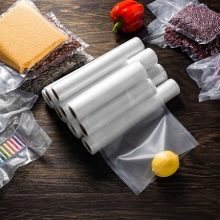
What it is?
Packing bags belong to a group of materials that are used to ensure the safety of products or goods. They must comply with hygienic and environmental standards, be durable, comfortable and functional. They are generally intended for food use, but are generally versatile in nature. A secure bag is made of several protective, water-repellent and bonding layers. Usually there are 5 of them, but there may be less depending on the properties of the content and the conditions of sealing. Bags are made of polyethylene, polyacetate, and other materials with good performance and reasonable cost.
In addition to the suitability of the device used, you need to pay attention to the manufacturer. Products must be approved by a number of countries (European Union, USA, South Korea, Japan) and certified - this is proof of safety and absence of harmful substances (including bisphenol A). The products to be sealed should not deteriorate from high temperatures, if necessary, you can use two- or three-layer bags (for example, from lavsan).
Another requirement is compliance with the size, shape and consistency of the products. In non-standard cases, containers or other alternative options can be used.
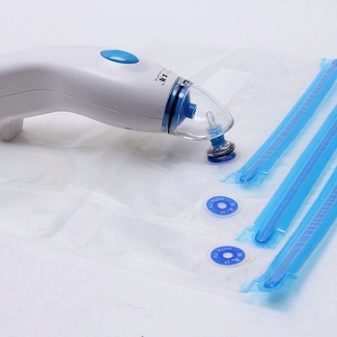
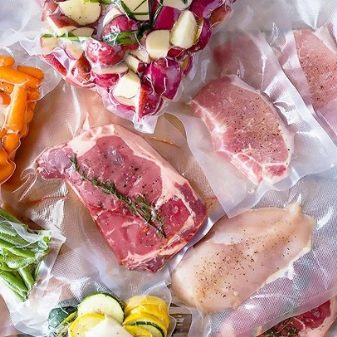
Advantages and disadvantages
Today, the advantages of bags for vacuum machines in comparison with conventional packaging or filling are obvious to everyone. A number of characteristics can be distinguished among them.
- Tightness... The lack of the possibility of oxygen, water microdroplets and other factors that can accelerate the deterioration of products increases their shelf life.
- Preservation of properties. The packaging serves as a barrier against the environment, so the contents are protected from premature loss of presentation (airing of the slices, drying, etc.).
- Improving the palatability of food... Some meat or fish dishes marinate faster in a vacuum, and fruits ripen better and retain vitamins.
- Compactness... The bags by themselves take up little space and save space both in conventional refrigerators and cabinets and on trading floors.
- Ability to view content. Transparent packaging allows you to examine the contents, make sure of its safety and attractiveness.
- Ease of use. This does not require special skills, it is enough to study the instructions from the manufacturer.
- Availability. Consumables are often sold with vacuum sealers and can be purchased or ordered separately. A large selection of varieties and prices makes it possible to choose the best option.
At the same time, it should be understood that film packaging is still does not withstand impacts or other strong mechanical stress. The contents can wrinkle not only during storage, but also during the evacuation process. Part of this can be saved by using different packaging techniques.
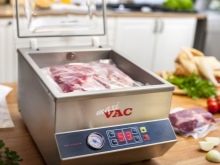
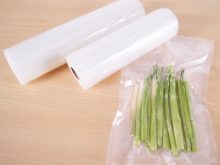
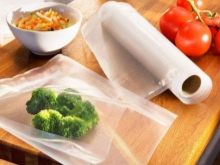
Where is it used?
Vacuum packaging is widely used in food factories, v supermarkets, restaurants and a cafe, since it is in these organizations that it is necessary to take particular care of the safety of products. The evacuator will be useful and at homeespecially if they love to cook and use their time as efficiently as possible. In accordance with the purpose, volume and type of product, the device should also be selected - professional or household.
Depending on the type of vacuum sealer used certain consumables. For tubeless device double-sided products are suitable. In this case, the inner side will be corrugated, with extruded cells, which increase strength and ensure that all air is removed through the channels formed between the bulges. They are usually sold with the device.
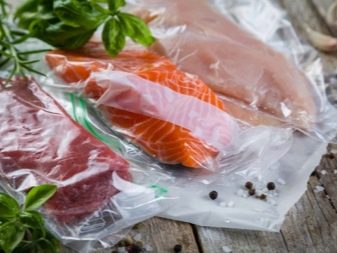
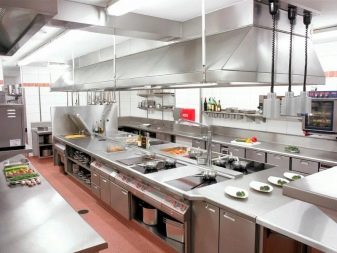
For chamber evacuator different packages are suitable - including smooth ones, which are also cheaper. Instead, you can use containers or trays covered with film. In this way it is possible to pack liquids and products with complex structures.
Vacuum packing may not be done automatically, but mechanically - using a simple device, which is a hand pump. It requires special bags with a valve that serves to evacuate air and is closed with a plug. The main advantage here is the low cost.
If you often need to pack a variety of products, you should think about a more productive way.
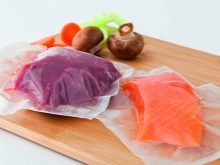
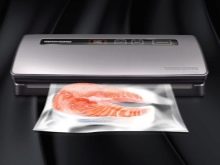
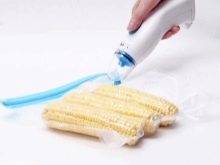
Views
As a consumable for vacuum equipment, you can consider:
- standard bags that are sold in packs;
- film - in fact, it is a sleeve of a certain width, rolled into a roll.
The use of standard bags is considered to be more wasteful as they are not always fully utilized and space is left. To minimize losses, you need to carefully consider the selection. The film is practical in that it can be measured to the required volume, saving money on the purchase. The sleeve can be easily converted into a bag - for this you just need to solder one of the free edges.
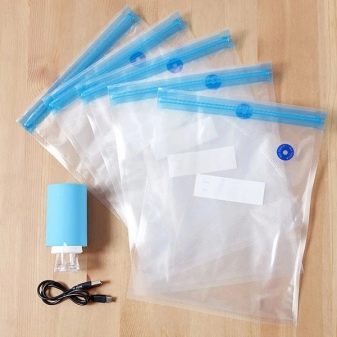
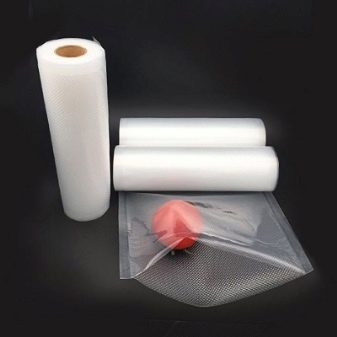
Packages can vary in density - similar information is indicated on the label.It is necessary to pay attention to this figure when the purpose of the packaging is precisely known. For example, 60 microns is suitable for fillets, but if we are talking about meat with bones, then it is better to take 100 or 120 microns. When packing items with sharp or protruding parts, a seal can be used.
Depending on the goals and volumes of products, the size of the film or bags is selected (while taking into account a small stock). Practice shows that the most popular are containers with medium parameters, but in order to work with vacuum packaging most efficiently, it is better to form a set for different occasions. In this case, the width of the bag should not exceed the length of the heating element of the sealer. For household models, it usually does not exceed 30 cm, for industrial models - up to 60 cm.
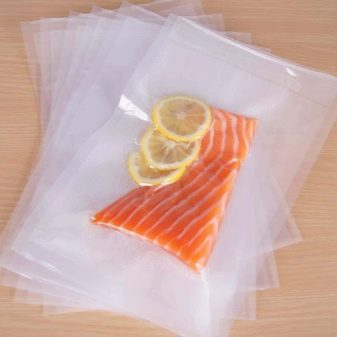
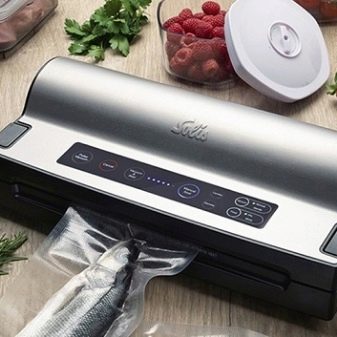
How can you use it?
The options for using bags and other packaging materials are usually indicated by the manufacturer.
- Freezing... Food packed in this way takes up little space in the freezer and is not severely affected while maintaining its properties.
- Storage... Without exposure to oxygen, moisture, bacteria, insects and other environmental conditions, any food can be stored longer. This applies not only to perishable, but also bulk products (sugar, cereals, coffee, tea). The bags can contain both raw and boiled vegetables, meat and other products.
- Pickling... In a vacuum, this process takes from several minutes to half an hour. At the same time, the quality and taste are noticeably improved.
- Microwave heating and defrosting. This can be done directly in the packaging, which guarantees convenience, hygiene and speed.
- Pasteurization, sterilization, cooking using Sous vide technology. All of these methods allow for the preparation of food under vacuum directly in the package (bag). A feature is constant temperature control within 55-60 degrees for several hours. For pasteurization, you can find tables with the ratio of products, times and temperatures. "Su-vid" allows you to cook food evenly, while retaining the original juiciness and taste.
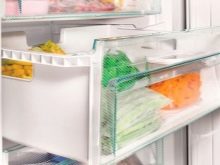
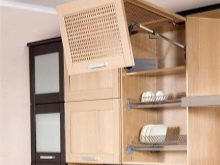

Bags for vacuum packaging can be safely used for storage and transportation of non-food products... They are most often placed objects that require careful handling or are of particular value - computer parts, documents, jewelry, art objects and much more.
Thus, you can protect things not only at home, but also when going on a trip or hike.
The following video provides an overview of Tinton's quality vacuum bags.







